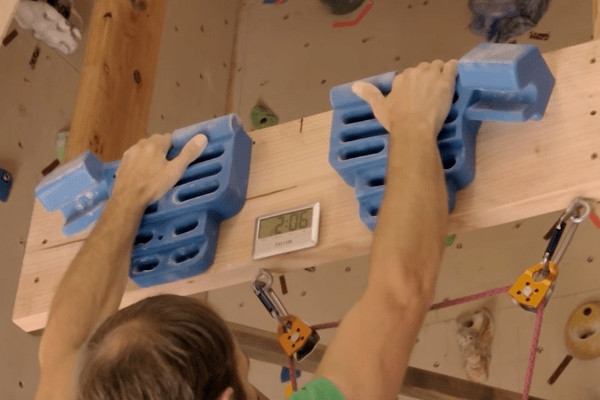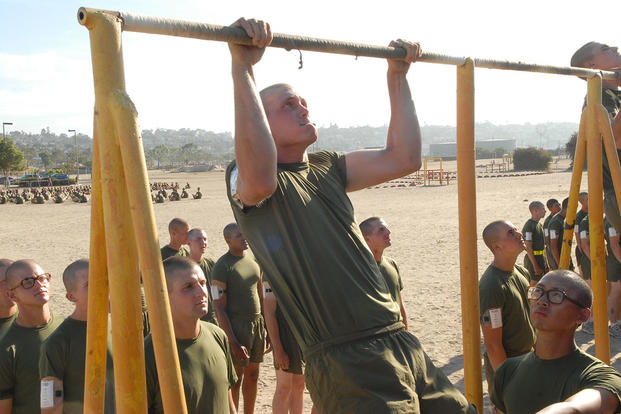Pull-up program: how to start and improve?

How to progress quickly in traction?
Present in most selection tests for the army and other security professions requiring physical skills, pull-ups are an essential exercise.
Performed on a fixed bar, the muscles used to climb above the bar are the back and the biceps in large part.
Succeeding in your first pull-up can sometimes seem insurmountable. This article will prove you wrong. We'll show you how to get started in pull-ups, how to build muscle to get better, and how to progress quickly in pull-ups.
How to start in traction?
This is the moment through which all athletes - soldiers have passed: starting in traction. It's not easy to do it the right way to succeed in getting your chin over the bar. You will surely have the feeling that it is impossible when you start.

The first solution to start in traction is to use an aid like rubber bands . By hooking the elastic to the bar and placing it under your shoe soles, or at your knees, you will be propelled upwards when performing the exercise.
The climb will therefore be easier, and you will be able to work negatively - ie concentrate on the descent phase.
In the same style, you can use your legs to perform leaps into the void and propel yourself to the top. This solution is less recommended because it can be a source of bad habit.
We therefore recommend that you place yourself under the bar, jump until your chin is level with it (if possible), then grab the bar at this point.
Another solution is to perform an eccentric traction, focusing the effort on the negative phase, during which the body descends towards the ground. To start the movement and place your chin above the bar, you can help yourself with a stool, a crate or a partner who pushes you up.
Then, descend as gently as possible while controlling (5 to 8 seconds of descent). This education joins the previous one, although less demanding for your cardio.
A final solution is to start with horizontal pull-ups - or Aussie pull-ups. Lie down on the ground and hang from a fixed bar or table about 1 meter above the ground, at hip level.
Perform the same movement as a pull-up: pull on your arms to bring your bust against the bar, your legs holding onto your heels.
How to progress in traction?
To progress on the pulling movements, you can use variations of the exercise. Wide grip, tight grip, pronation, supination: play with the possibilities to work your muscles differently and avoid the monotony of the exercise.

Another way to improve traction is to work on your grip. To do this, hang on your pull-up bar and hang on to it for as long as possible.
Another exercise to work on your grip is to hang yourself from a pull-up bar with a larger diameter. In fact, the larger the diameter of the bar, the more difficult it is to hold on to it.
When you have an advanced level of traction, it's time to spice up the exercise. Weight your pull-ups. With a dumbbell, weighted vest, or backpack full of your heaviest books, perform your pull-ups with an extra load. This way, you will perform fewer reps and work on your strength more.
If you are lucky enough to have access to a weight room, you can strengthen your back to progress in traction. You can imitate the pull-up movement with a more or less heavy load with the chest pull-up.
Or perform a polyarticular exercise like rowing, which will work other areas of your back.
For beginners, weight rooms usually offer a pull-up bar with pulley. You can therefore lower a support on which you put your knees and which will propel you uphill.
Latest Recommendations

Pull-ups are a demanding exercise, which can lead to more or less serious injuries .
Depending on your level, adapt your sessions. Start with several sets, with a small number of repetitions. Likewise, don't overuse pull-ups. This exercise can easily be the source of tendonitis , or other injury that could hinder your progress.
0 comments
